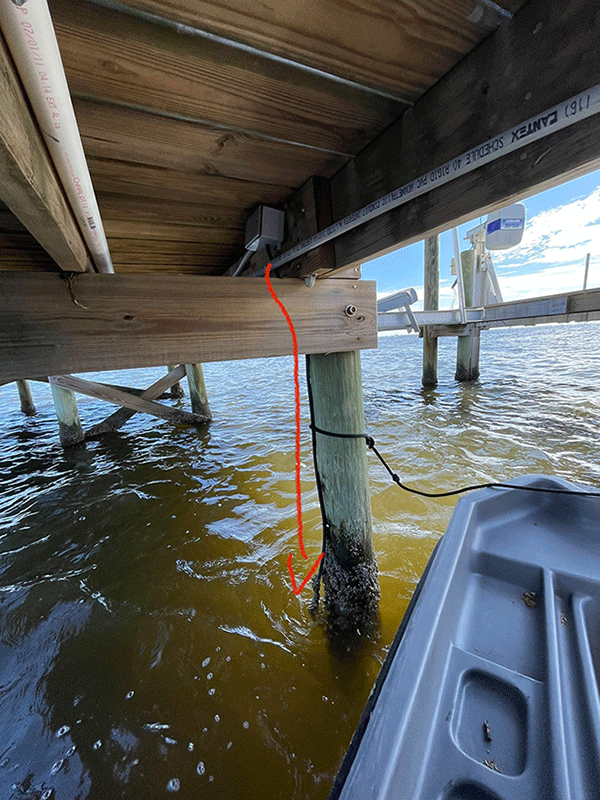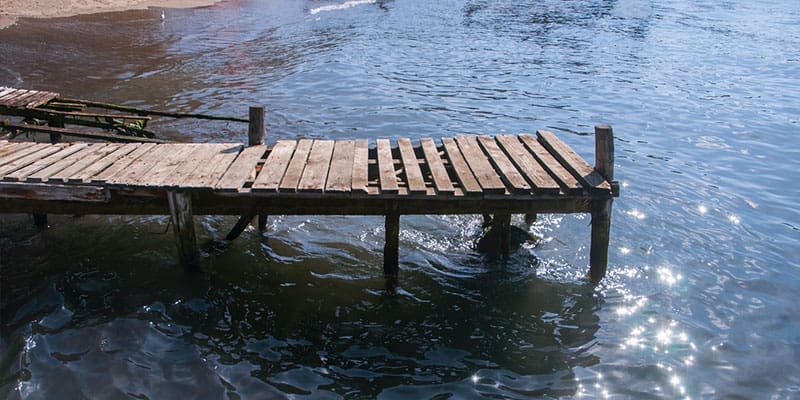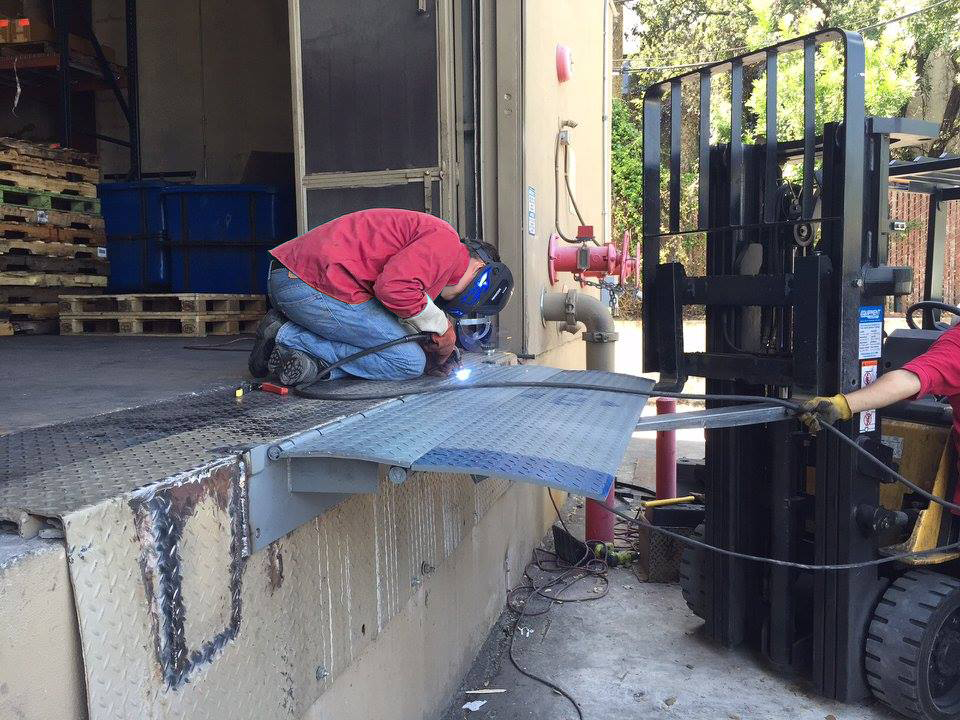How to Pick the Right Service for Your Dock Repairs
How to Pick the Right Service for Your Dock Repairs
Blog Article
Efficient Dock Repair Work Techniques: Making Certain Architectural Integrity
Making certain the structural honesty of docks through efficient fixing methods is extremely important for the durability and safety and security of aquatic centers. Consequently, picking the ideal repair products, such as composite materials and corrosion-resistant alloys, is critical for sturdiness.
Analyzing Dock Damages
Examining dock damage is a critical initial step in making sure the architectural stability and safety of any docking center. This initial assessment entails a thorough examination to determine both surprise and visible damages. Key elements to examine include the dock's structure, pilings, outdoor decking, and equipment. Each component should be scrutinized for indications of wear, rot, corrosion, or various other kinds of destruction that could endanger the architectural honesty.
Architectural engineers or qualified inspectors usually carry out these analyses utilizing specialized strategies and tools. For example, undersea evaluations could utilize finder tools or from another location operated lorries (ROVs) to find submerged damages. Above water, visual assessments are complemented by using wetness meters and various other analysis tools to reveal underlying problems not instantly visible to the naked eye.

Picking Repair Products
Selecting the suitable repair work products is a pivotal action in the dock remediation process, one that straight affects the durability and efficiency of the fixed framework. Product option have to be driven by aspects such as environmental conditions, load-bearing requirements, and compatibility with existing dock components.
In addition to wood, composite materials are progressively prominent as a result of their sturdiness and low maintenance requirements. Composites, generally made from a blend of plastic and timber fibers, use superb resistance to rot, pests, and UV damage. For metal anchors, picking corrosion-resistant alloys such as galvanized steel or marine-grade light weight aluminum is necessary to protect against corrosion and ensure structural integrity in saline water problems.
Epoxy materials and marine-grade sealants are vital for fixing fractures and sealing joints, offering a waterproof barrier and enhancing the dock's general stamina. By carefully picking top quality materials, dock fixings can achieve resilient results, thereby protecting versus future deterioration and making certain risk-free, trusted usage.
Structural Reinforcement Techniques
Efficient structural reinforcement techniques are crucial in making certain the security and longevity of dock repairs. One basic method includes making use of steel or composite reinforcement bars (rebar) within concrete structures. Rebar provides added tensile strength, avoiding splits and distributing lots a lot more evenly. This technique is specifically efficient for anchors revealed to hefty loads or severe ecological problems.
An additional crucial technique is the application of fiber-reinforced polymers (FRP) These materials use high strength-to-weight ratios and outstanding resistance to rust, making them ideal for enhancing wooden or concrete anchors. FRP can be applied in sheets or strips and bonded with epoxy resins to improve architectural stability.
Bracing and anchoring systems additionally play an essential role in structural support. Cross-bracing, utilizing steel or wooden beam of lights, can combat lateral forces, decreasing guiding and activity. Anchoring systems, such as helical piers or driven heaps, offer a steady structure by moving tons to deeper, much more stable dirt layers.
Lastly, the combination of load-distribution plates can help disperse weight more equally across the dock's surface area, mitigating local tension factors. These techniques jointly ensure that anchors continue to be risk-free and robust, capable of standing up to the roughness of their operational atmosphere.
Advanced Repair Service Techniques

One check it out more advanced method includes undersea welding, which enables for repair services to be performed without the demand to dewater the area. This technique is specifically advantageous for resolving structural concerns in submerged dock components, guaranteeing very little interruption to operations. Enhanced welding strategies, coupled with robotic systems, deliver accuracy and dependability, consequently expanding the lifespan of the dock.
Additionally, cathodic defense systems are implemented to avoid corrosion in metallic dock frameworks. By utilizing sacrificial anodes or satisfied present systems, these strategies efficiently alleviate the electrochemical processes that lead to material damage.
Lastly, progressed monitoring technologies, such as architectural health surveillance (SHM) systems, offer real-time data on the condition of dock structures. These systems enable proactive maintenance more info here and timely treatments, ultimately ensuring the lasting structural integrity of the dock.
Maintenance and Prevention
Maintenance and avoidance are basic ideas that underpin the long life and security of dock frameworks. Routine examinations are critical, permitting very early detection of deterioration, prospective weaknesses, and ecological influences. A positive approach, entailing routine checks for rust, rot, and structural changes, reduces pricey fixings and lengthens the dock's operational life.
Safety nets ought to include using protective finishings to steel components to secure versus corrosion and making use of cured wood to stand up to decay. Furthermore, ensuring proper drainage and air flow can stop water buildup, which is a typical source of architectural deterioration. Including high quality products and sticking to manufacturer standards throughout building and fixing phases likewise play vital duties in enhancing longevity.

Training employees in dock upkeep best methods makes certain consistent application of precautionary procedures. Leveraging technical breakthroughs, such as drones for assessments and sensors for real-time surveillance, can better enhance maintenance efforts. By focusing on upkeep and prevention, dock owners can guarantee architectural integrity, operational security, and affordable monitoring over the dock's life expectancy.
Conclusion
In conclusion, maintaining the structural stability of marine facilities requires comprehensive dock fixing methods. Advanced repair techniques, paired with normal upkeep techniques, ensure the dock remains functional and risk-free under varied environmental conditions.
Making sure the architectural integrity of docks with effective repair methods is extremely important for the durability and security of marine centers.Choosing the ideal repair service products is a critical action in the dock remediation procedure, one that straight affects the long life and performance of the fixed structure.Effective architectural support techniques are vital in making certain the stability and long life of dock repair work. By prioritizing maintenance and prevention, dock proprietors can make sure structural stability, functional safety, and economical monitoring over the dock's life expectancy.
In final thought, keeping the architectural stability of aquatic facilities demands thorough dock repair work strategies.
Report this page